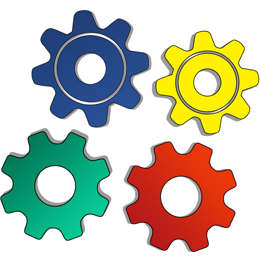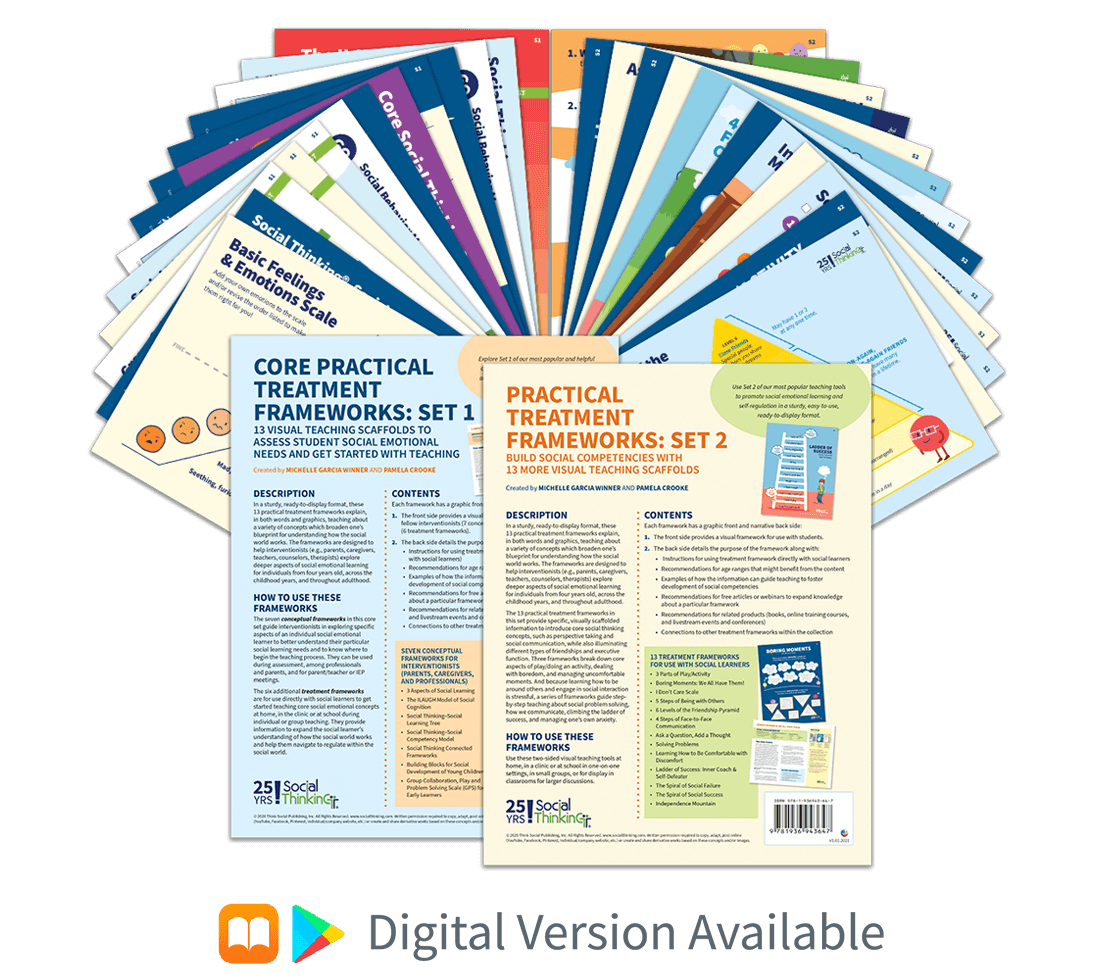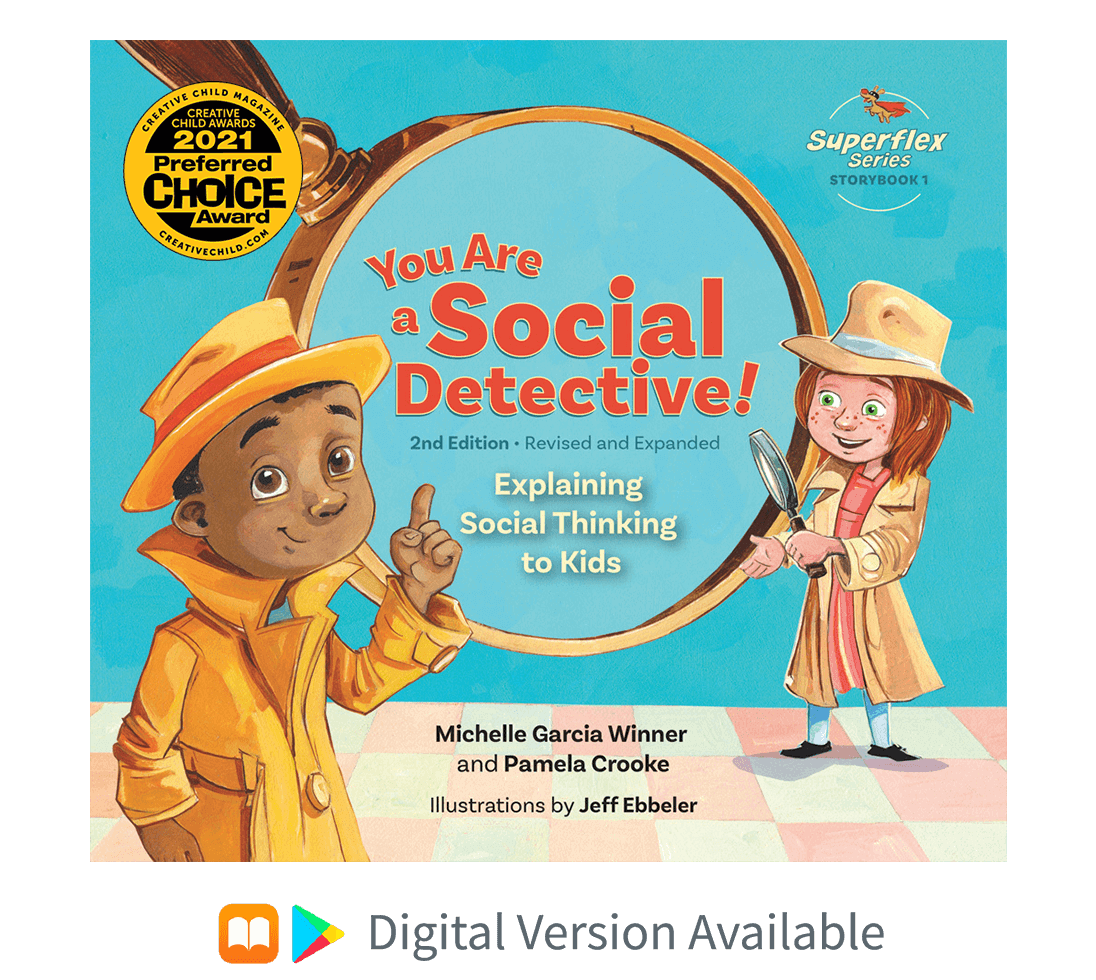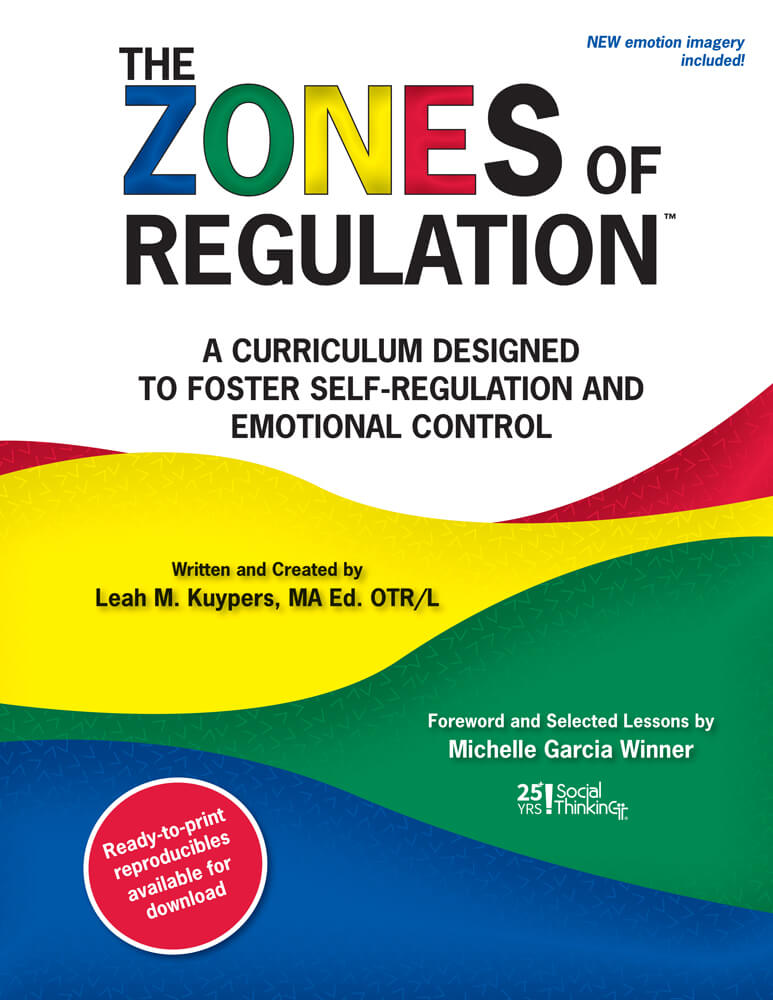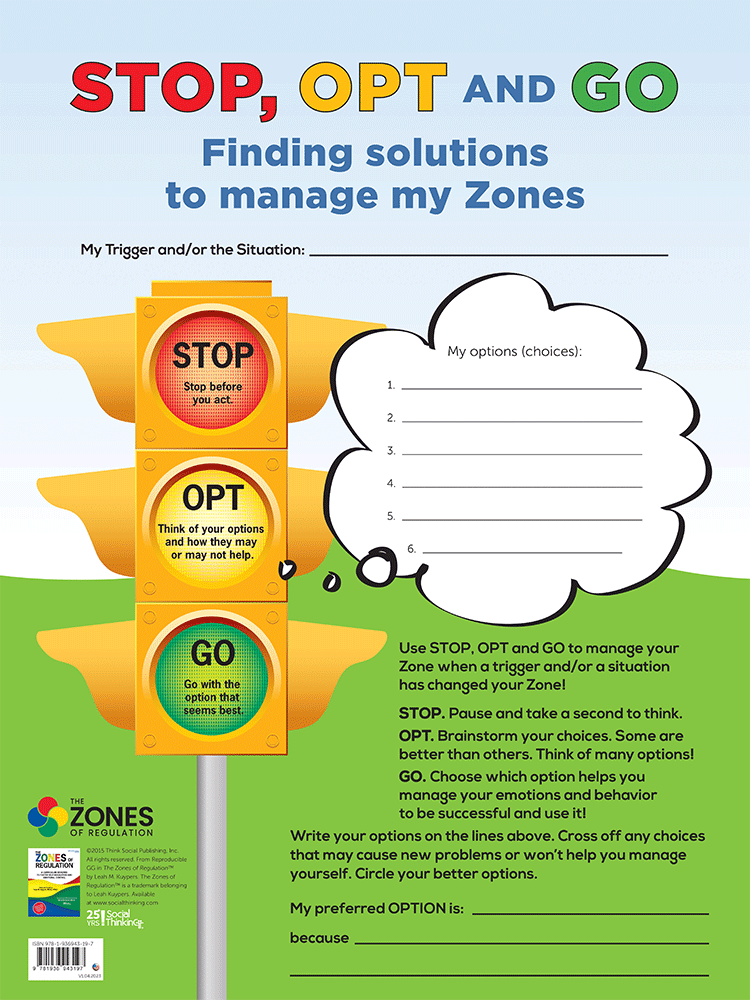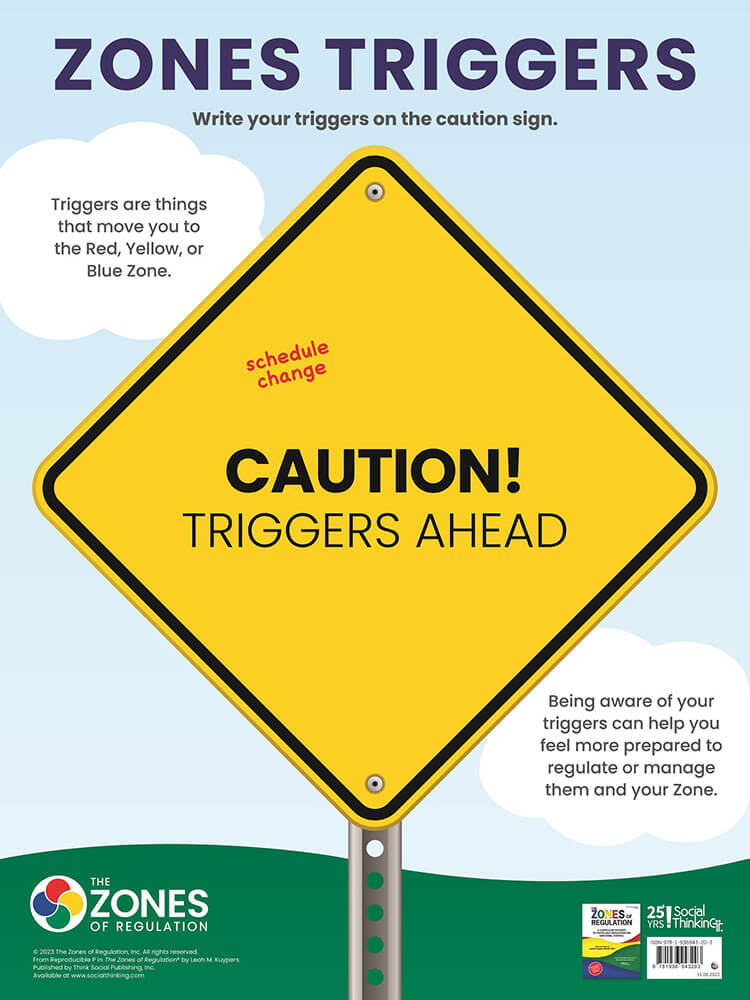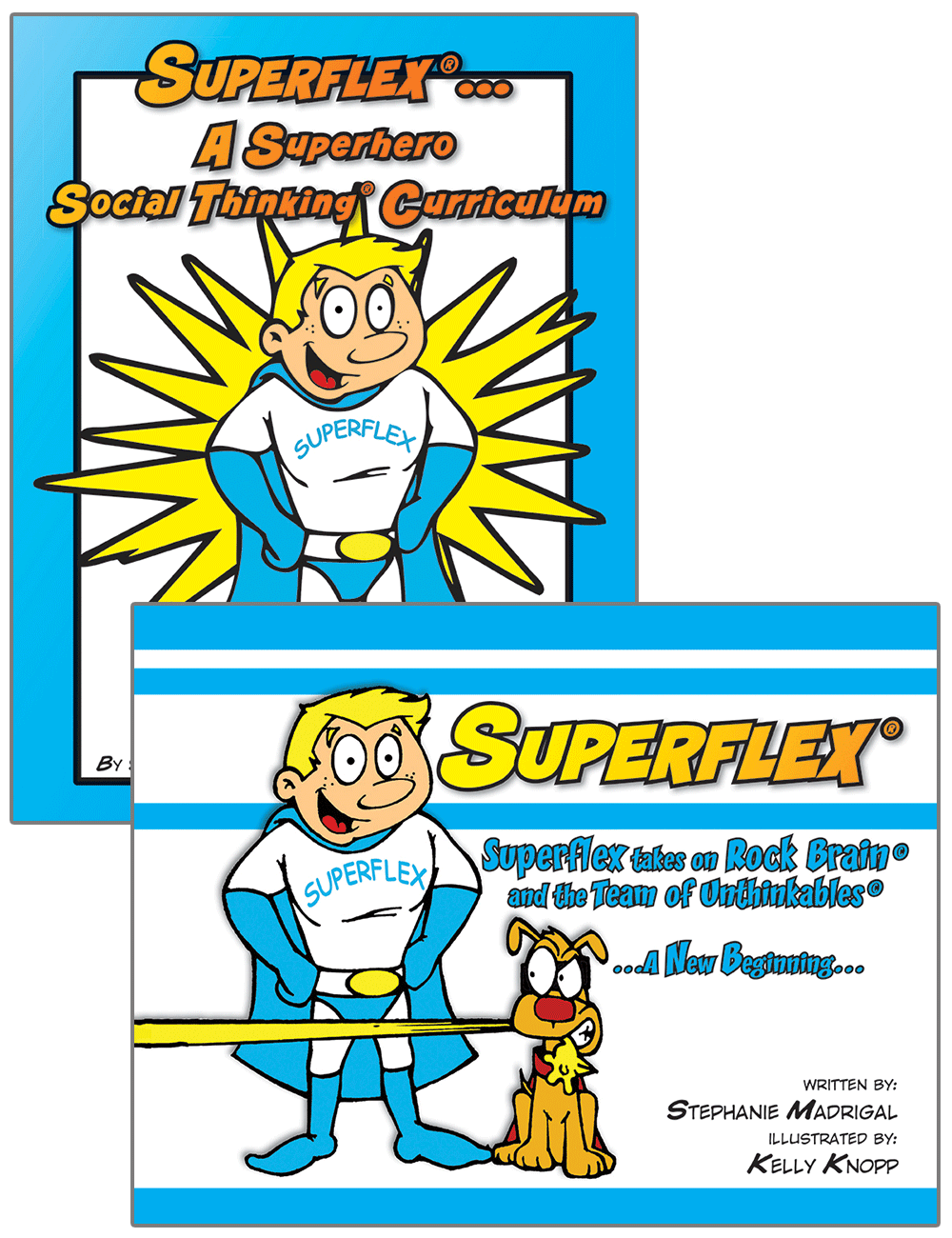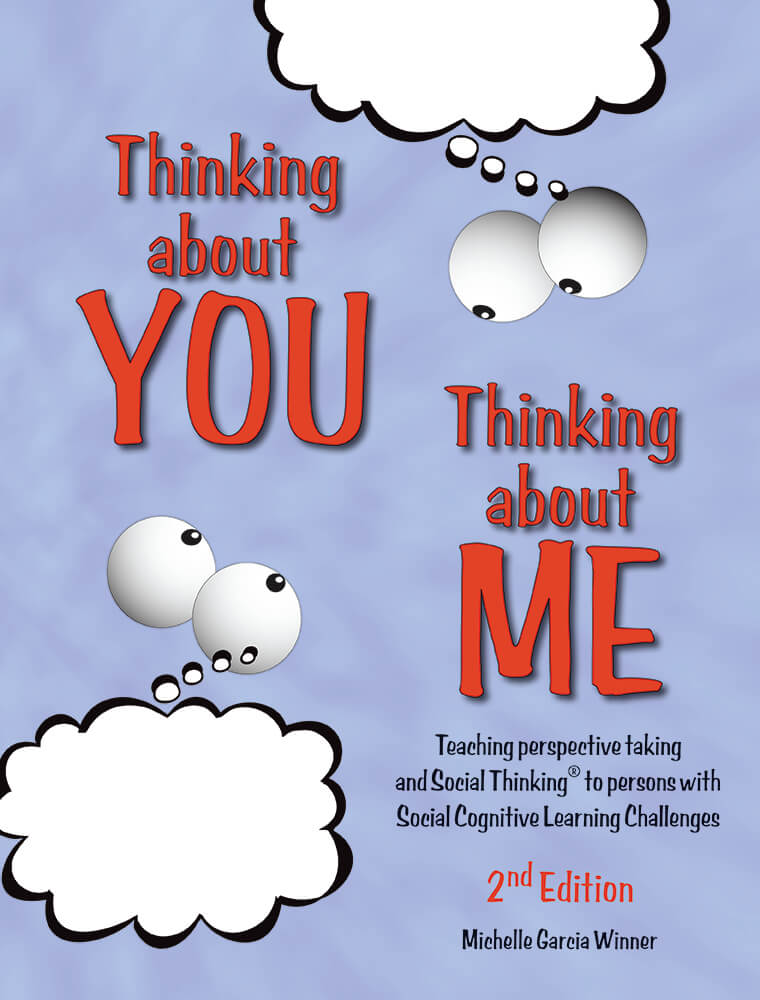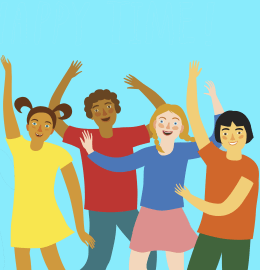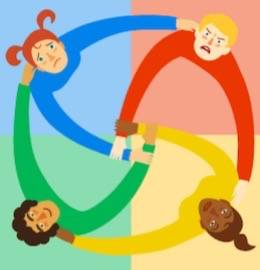Published: October, 2017
© 2021 Think Social Publishing, Inc.
Teachers and parents want their children to be emotionally self-regulated for obvious reasons. Yet, simply seeking emotional or behavioral self-regulation cannot be the singular goal of a treatment program.
Let’s explore self-regulation as one of many important components within our lifelong journey of social emotional learning as we each morph and evolve with maturity, experience, changing contexts, etc.
Our own social emotional engine, when humming along and used to share space with others and/or engage in social interaction, gives us the systematic thinking and emotional-behavioral tools to attend to social emotional information, interpret our own and others’ thoughts and feelings to make meaning of what is going on around us, and problem solve to make decisions about how to proceed in the situation. Ideally, we then produce an emotionally sensitive social response. Wow! That’s a lot to factor in!
During different times in each of our lives our engines will work better than at other times. It depends on the load we’re asking our social emotional engine to manage as we encounter different types of people, new situations, emotional triggers, roadblocks, successes and failures. It also depends on how well our engine was originally constructed, and whether our engine needs basic repairs. If our engine isn’t working well now, it’s not going to miraculously begin functioning any better later on.
Just like with any engine, our social emotional engine has to be regularly engaged and maintained for it to continue to function well. Students who we think are born to solid to strong social emotional engines may not be using their social motors enough if their social attention is being swallowed up by their focus on digital devices. Mainstream teachers tell us students are not coming into classrooms with the same abilities to work as a member of a group, when compared to students who previously did not have access to these digital devices. In this case, it can be helpful to illuminate the many parts of their engines, to discuss how they function together, and what stressors can cause their social emotional engines to malfunction. This analytic approach can help them understand their need for regular face-to-face as well as digital social engagement and jump start awareness through a social cognitive perspective.
Students born to or who experience social emotional learning challenges (e.g., autism spectrum, many with ADHD, attachment disorders, social anxiety, social communication disorder, etc.) need help with building certain components in their engines. Once we know all the components are in place, we can help them learn how to synchronize the engine’s many moving parts.
When we think about our social emotional engine, it’s important to realize that it is impossible to have a well running social emotional engine without the use of executive functions. Many people don’t think about executive functions beyond helping individuals organize and carry out academic assignments. Yet, the organized thinking that results in the production of goal driven behaviors and helps individuals through their academic assignments is the same type of thinking that helps them with social problem solving and decision making. Consider that it takes as many organizational skills to manage a friendship as it does to complete and turn in a homework assignment! After all, you have to remember to reach out to your friends, include them in your plans, consider what they want in addition to what you want to do, etc. Perhaps we can think about executive function as the larger mental framework that holds the many parts of our social emotional engine together, as well as providing the timing and sequencing mechanisms to help our engine work in synchronicity.
Let’s explore this idea further: how are executive functions part of social emotional learning and self-regulation?
We can start by holding a common definition of executive functions. One definition is that these “are a set of processes that all have to do with managing oneself and one's resources in order to achieve a goal. It is an umbrella term for the neurologically based skills involving mental control and self-regulation.”
-Drs. Gerard A. Gioia, Peter K. Isquith, Steven C. Guy, and Lauren Kenworthy (2000)
Whenever we are around people, we typically have social goals, but most of them are unspoken and therefore unexamined. For example, when we participate in a classroom, there is a hidden expectation that all participants share common goals related to following the agenda the teacher has laid out, keeping each other comfortable as participants share space and possibly interact, doing what’s expected in the group based on the situation, being included in the group, etc.
We organize our social systems and how we self-manage through our personal and collective social emotional goals. After all, whether we want to admit it or not, we have thoughts and emotions about the people who surround us, and they have thoughts and feelings about us as well. At our core, we are constantly figuring out how we can attempt to bias how people think and feel about us, as well as constantly seeking to make meaning of others’ situationally based intentions.
The Social Thinking Methodology helps teach students how to develop or refine the internal thinking processes that are expected to be up and running in their social emotional engines so students can attend, interpret, problem solve/make decisions, and respond. A core way we do this is to take research-based abstract information about social emotional learning and teach it in a more concrete manner. The broad definition of executive functions (“mental control” and “self-regulation”) makes them hard to teach; they are abstract and all encompassing. Through the Social Thinking Methodology, we break down these broad concepts into smaller, teachable units. We teach our students that they can start by focusing on three core components to executive functioning, that all revolve around achieving a goal:
- We teach that a goal is simply something we each just think about – we don’t do goals
- We create a set of action plans (sequenced or parallel) that we use to help us achieve the goals we are thinking about.
- Throughout these processes, it’s essential that we self-regulate our emotions and behavior so we can carry out our action plans to accomplish our goals.
While all three steps can be quite difficult for some students with social learning challenges, the third step, which involves self-regulation of emotions and behavior, is by far the most difficult and one that, at times, shuts down the functioning of our engine.
Every engine needs a good mechanic, one who can check out the engine to make sure it’s working smoothly and efficiently and tune it up when it isn’t. Within the Social Thinking Methodology, interventionists (parents, professionals, and para-professionals of all types) are the mechanics, adults who understand how to use our frameworks and strategies to help students develop or maintain their engines while learning to self-regulate their behaviors and emotions.
Yet, this social engine is not one that interventionists, whether they are educators, administrators, mental health specialists or therapists, intuitively know how to attend to, or were taught how to examine, tune up, or repair. To that end, the evidence-based Social Thinking Methodology also teaches the interventionist how they can become a stronger mechanic. We explain this (without the roadmap, engine and mechanic analogies) in our free article “Research to Frameworks to Practice: Social Thinking’s Layers of Evidence.” In this article, we explain our conceptual frameworks for interventionists, as well as the treatment frameworks, metacognitive strategies and activities we have created to help teach social emotional learning to enhance our own social executive functioning.
One particular treatment framework we find very helpful for teaching students about their own emotional self-regulation system is The Zones of Regulation™, a self-regulation curriculum developed by Leah Kuypers and published by Think Social Publishing, Inc. (in a book with the same title).
So how does “The Zones of Regulation framework” fit within the Social Thinking Methodology and our social emotional engines?
The Zones of Regulation encourages individuals to learn they can group emotions into one of four categories, each identified by a color:
- The Blue Zone is used to describe low states of alertness or down emotions, such as when one feels sad, tired, sick, or bored. This is when one’s body and/or brain is moving slowly or sluggishly.
- The Green Zone is used to describe neutral emotions and a calm, organized state of alertness. A person may feel happy, focused, content, calm, in control, or ready to learn when in the Green Zone.
- The Yellow Zone describes a heightened state of alertness; however, a person has some control when in the Yellow Zone. A person may be experiencing stress, frustration, anxiety, excitement, silliness, nervousness, confusion, and many more slightly elevated emotions (such as wiggly, squirmy, or sensory seeking or sensory overload).
- The Red Zone is used to describe extremely heightened states of alertness or very intense feelings. A person may be experiencing anger, elation, devastation, panic, or terror when in the Red Zone. Being in the Red Zones can be best explained by not being in control of one’s body.
The Zones of Regulation is a very helpful framework because it helps individuals learn about their emotional self. However, teaching students how to group emotions into categories is not enough. Leah goes on to teach about our social behaviors and that self-regulation requires us to manage our emotions and behaviors while we’re in social situations. The Zones curriculum includes many treatment tools and strategies, providing information on many concepts, some of which include but are not limited to how students can learn to observe triggers that move them into specific zones and related metacognitive strategies that can help students manage their behaviors in a zone (self-regulate). For instance, individuals may use self-talk to help them manage their anxiety when in a situation or may use a sensory tool to regain calm and manage their triggers.
When I speak around the world and mention the Social Thinking Methodology and self-regulation teachings embedded in The Zones of Regulation, I have asked audience members of all different cultures the same question: why don’t you just yell at someone, cry, throw something, etc., when you’re in the Red Zone? Remarkably the response to this question is exactly the same, everywhere in the world: I worry about how people will think of me if I behave this way.
And, that’s our social awareness, perspective taking, and social executive functioning all kicking in to help us process and problem solve the situation we’re in so we can successfully self-regulate.
This is how our social engine works! It’s cased in executive functioning, thinking socially is the oil and gas that brings the engine to life, and self-regulation is when it’s working and humming along.
Our social emotional engine helps us navigate the road of life, especially when the inevitable bumps or detours appear. Individuals and interventionists will always need many treatment frameworks and strategies to manage the complexities of social emotional learning. The Social Thinking Methodology and its frameworks, vocabulary, strategies and motivational developmental tools can prime your students’ social engines so that The Zones teachings make sense on a deeper level and help students appreciate that social emotional learning and self-regulation are a journey, not a destination. We’re all on the road to self-discovery!









